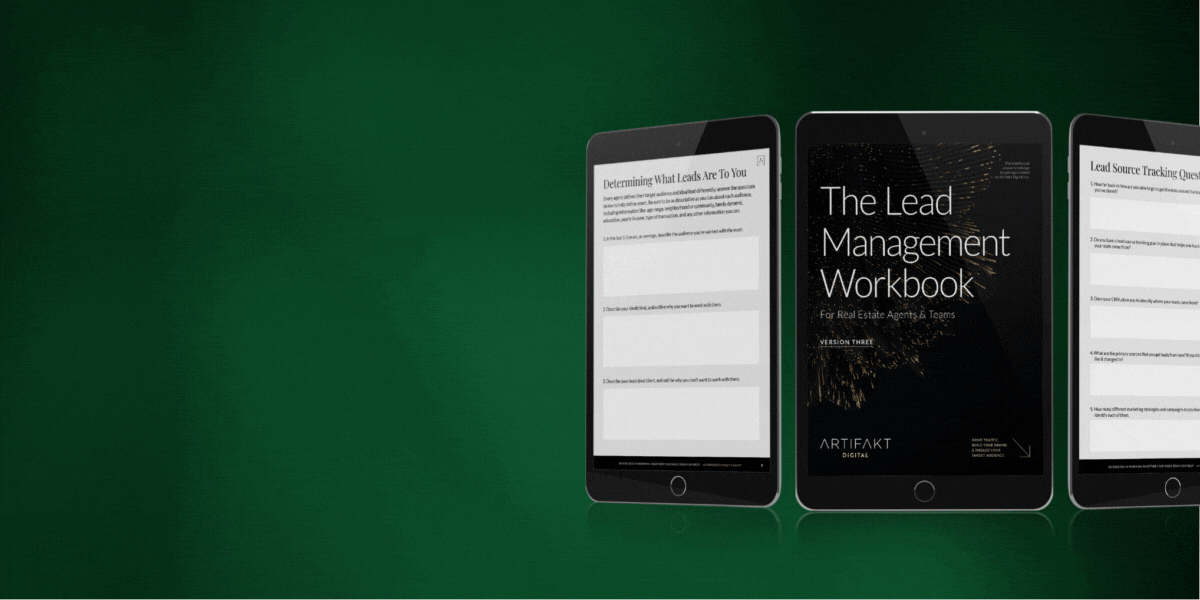Automating Your Email Marketing List Building

There’s a lot of power in building a solid and structured email marketing list. When done correctly, it’s a key component of building an email marketing strategy that allows you to send the right emails, to the right people, at the right time.
But because your email marketing database is made up of different types of people with different interests, often, just sending out a blanket email newsletter isn’t enough to address the specific needs those people have, which is where segmenting your email marketing database comes in.
Segmenting your database allows you to break out your database into smaller groups, based on their needs and wants. For example:
- By transaction type: buyer, seller, investor, etc.
- By transaction property type: freehold, townhouse, etc.
- By lead source: search engine, downloaded content, client referral, etc.
- And a lot more…
But segmenting your database is a lot of work; and in some organizations, there may even be someone whose entire job is purely to manage the database.
★ Want to do a deeper dive into building and maintaining a solid email marketing database? Have a look at these related posts:
- How (and Why) to Build a Real Estate Marketing Segmentation Strategy
- Why You Should Never Stop Building Your Email Marketing Database
- Right Now, You Should Focus on Building Your Database
However, if having a full-time person on staff to manage your database isn’t an option, you can also use automation to build and manage your email marketing list. But how does that work?
Automated list building is the process of using software to automatically create lists of contacts based on certain parameters (like the segmentation examples mentioned above).
There are a lot of good reasons to want to build this out. For example, automated list building allows you to:
- Automatically segment your marketing database,
- Identify your most qualified contacts,
- Build personalized email marketing experiences,
- Keep your database up to date with minimal effort,
- And most importantly: it further enables you to send the right emails, to the right people at the right time.
★ Want to learn more about automation as it relates to marketing? Have a look at this post called: Leveraging AI Marketing Automation as Part of Your Inbound Marketing Strategy
Of course, your ability to automate your email marketing list building is going to be determined by the software you’re using for email marketing in the first place, but most modern platforms should allow you to do it on some level (and if not, then you may want to consider switching platforms). For example, MailChimp, HubSpot, Active Campaign, and countless others all have some capabilities around automated list building.
Although the options are pretty much limitless (depending on your platform), the best place to start with automated list building is by identifying and flagging characteristics of the contacts in your database, and having the software automatically build lists based on that.
For example, you could automatically create a list of contacts by identifying them based on if:
- They completed the Home Evaluation form on your website.
- They downloaded your Home Seller’s eBook.
- They completed a form that indicates they live in a specific neighborhood you’re farming.
Or, you can use any combination of the above (or anything else that you know about them). For example, you could further automatically create a list of contacts by identifying them based on if:
- Potential Seller List: They downloaded your Home Seller’s eBook, they live in your farming area, and they indicated they want to sell in the next year.
- Highly Engaged Contact List: They’ve subscribed to your email newsletter, they have an open rate higher than 80%, and they downloaded one of your eBooks within the last 6 months.
When contacts meet the list requirements above, automated list building will ensure they get added to the list automatically, and will continue to build the list in the background as new contacts meet (or unmeet) the requirements. The more you can drill down, the more specific and effective your email marketing will be.
★ Want to learn more about lead generation? Have a look at these posts:
- What To Do If You Have a Real Estate Lead Generation Problem
- Building a Lead Generation Strategy Through Education
- Using Lead Source Tracking to Improve Your Lead Generation Plan
When set up properly, as part of your lead generation strategy, an automated email marketing list will continually update based on new contacts coming into your database that meet the list’s defining characteristics, or any combination of the characteristics.
That means, that when you send out your next email marketing campaign, you’ll be able to send multiple emails to multiple automated lists, based on information you know they actually want to receive, resulting in better email metrics, better engagement, and better all-around lead nurturing.
Want to improve your overall lead generation plan? Download our Lead Management Workbook. It’s a self-guided, interactive workbook where you answer questions about your current lead generation plan, outline what’s working and what isn’t working, and put together a plan to improve it. And, it’s free to download.






















